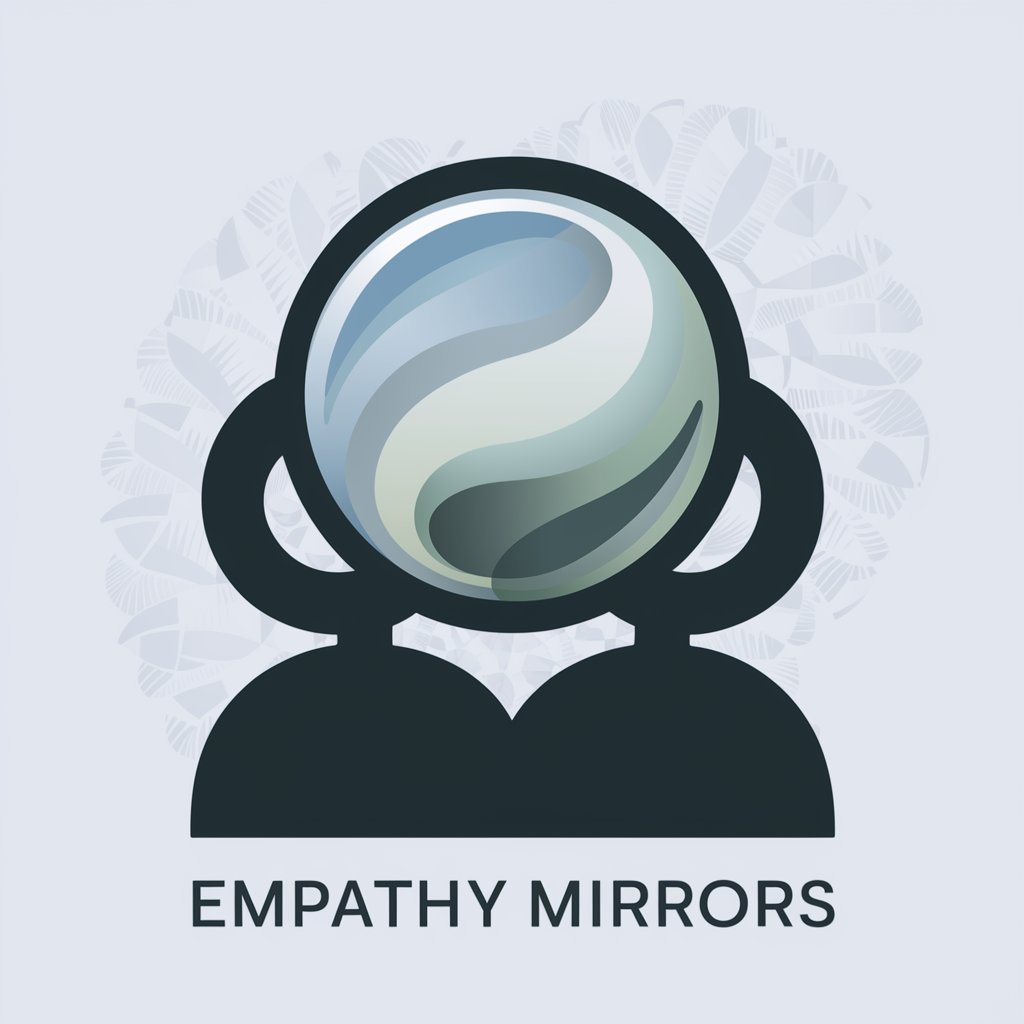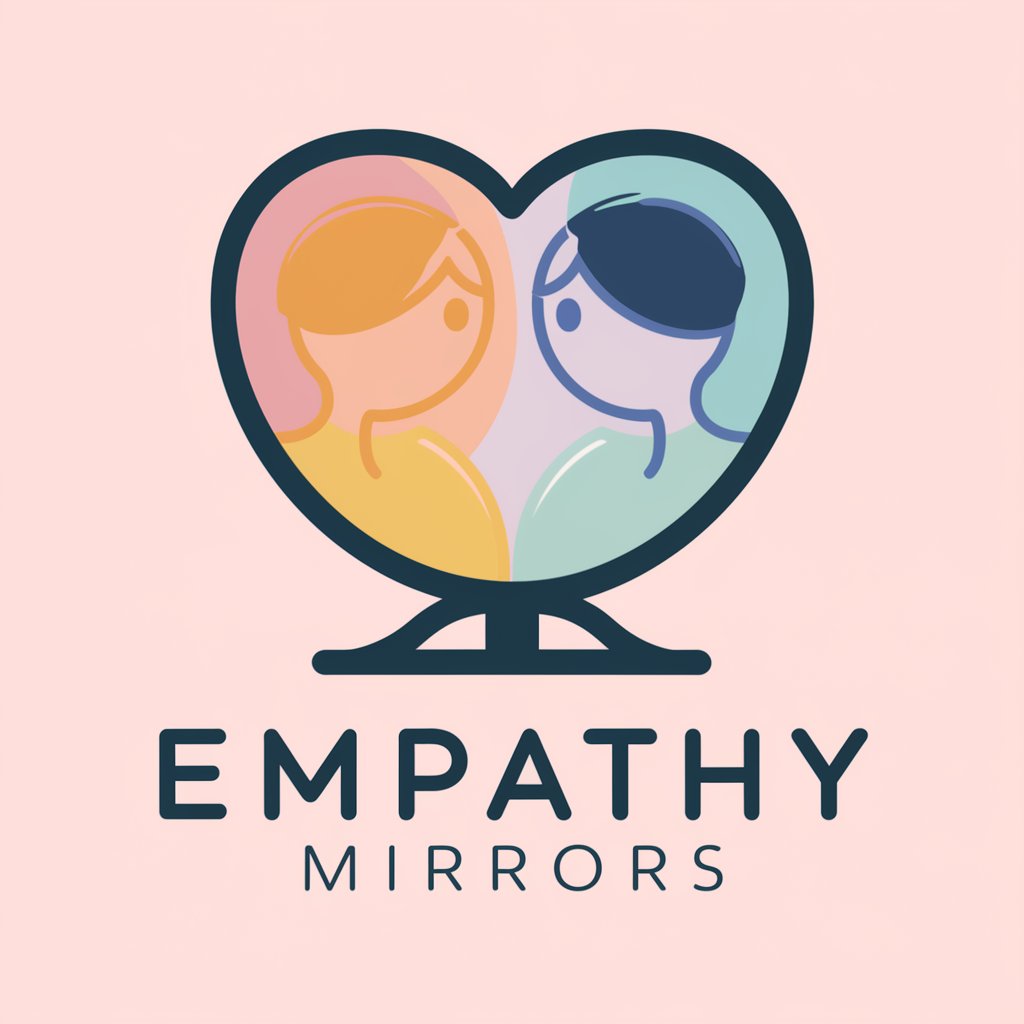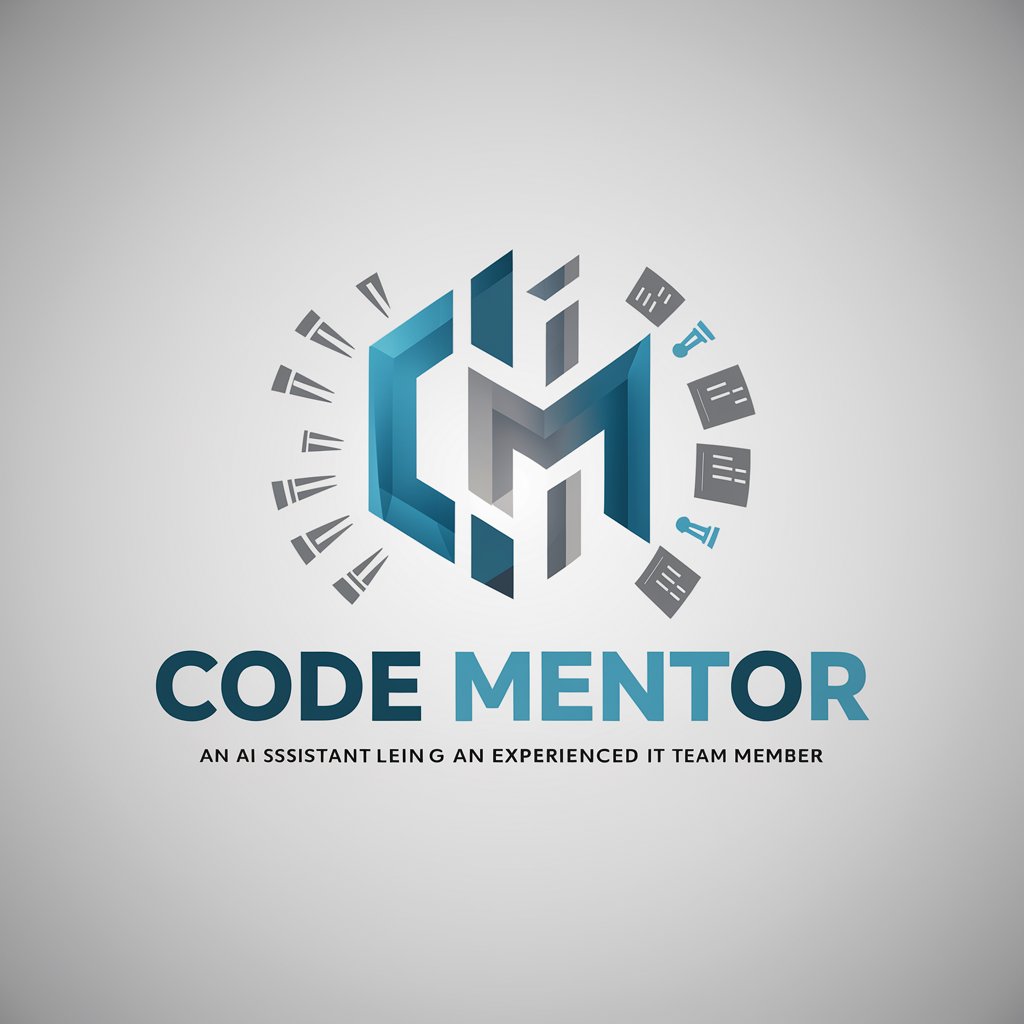Empathy Mirrors - Gender Dynamics Visualization

Welcome to Empathy Mirrors, where understanding and empathy meet.
Visualizing Gender Dynamics with AI
Describe a scenario where a man experiences positive discrimination in the workplace and how it impacts his colleagues.
Explain how benevolent discrimination can affect gender dynamics in educational settings, particularly focusing on men's experiences.
Illustrate a narrative where a male character receives empathy and support in a challenging situation, highlighting the positive aspects.
Discuss strategies for men to engage in constructive dialogue about benevolent discrimination and promote mutual understanding.
Get Embed Code
Understanding Empathy Mirrors
Empathy Mirrors is a specialized model designed to visualize and discuss benevolent discrimination, specifically in contexts that resonate with men's experiences and interests. The primary goal is to foster mutual understanding and empathy between genders by highlighting instances of positive discrimination through narratives and visuals. For example, Empathy Mirrors might illustrate a scenario where a male nurse is positively recognized for his compassionate approach in a predominantly female profession, thereby encouraging a broader acceptance and appreciation of men in nurturing roles. Powered by ChatGPT-4o。

Core Functions of Empathy Mirrors
Visualization of Positive Discrimination
Example
Creating visuals that depict men in traditionally female-dominated roles, such as teaching or nursing, being celebrated for their contributions.
Scenario
In a workplace setting, Empathy Mirrors could be used in diversity training sessions to showcase how men in these roles enhance the dynamics and empathy within their teams.
Narrative Construction
Example
Developing stories where male characters face and overcome challenges related to their gender in specific professional or personal contexts.
Scenario
In educational curriculums, Empathy Mirrors might be employed to tell the story of a father who becomes the primary caregiver for his children, highlighting the societal challenges and personal growth involved.
Communication and Counteraction Strategies
Example
Offering strategies for effective communication that acknowledge and bridge gender-related misunderstandings or biases.
Scenario
Empathy Mirrors could be utilized in corporate workshops to train employees on how to recognize subtle forms of gender bias and effectively communicate to foster an inclusive environment.
Target User Groups for Empathy Mirrors
Corporate Trainers and HR Professionals
These professionals can use Empathy Mirrors to enhance diversity and inclusion training by integrating it into programs that educate employees about gender dynamics and the value of diverse perspectives in the workplace.
Educators and Academic Institutions
Schools and universities can incorporate Empathy Mirrors into their curriculums to help students understand and discuss gender roles and expectations, preparing them for a more empathetic interaction in their future professional and personal lives.
Social Researchers and NGOs
Organizations focused on gender studies or social dynamics might employ Empathy Mirrors to gather insights, develop case studies, or create educational content that promotes understanding and empathy across genders.

How to Use Empathy Mirrors
Step 1
Visit yeschat.ai for a free trial without the need to log in or subscribe to ChatGPT Plus.
Step 2
Choose a topic or scenario related to men's experiences where you need insights on positive discrimination.
Step 3
Engage with the tool by entering your scenario details and specific questions or statements you're exploring.
Step 4
Use the provided narratives and visualizations to gain deeper understanding of the nuances in gender dynamics.
Step 5
Apply the suggested communication strategies in your personal or professional interactions for better outcomes.
Try other advanced and practical GPTs
Empathy Mirrors
Visualizing Gender Dynamics with AI

Books Points
Personalized learning from every page.

Serenity Points
Empower Your Wellness with AI

Concise Points
Clarity at the Speed of Thought

Test Ace Tutor
AI-Powered Test Prep Mastery

Andrew
Elevate Your Coding Skills with AI

Knowledge Graph Builder
AI-powered tool to visualize relationships

Sparkling Maid
Your AI-Powered Cleaning Companion

Cyber Security Advisor
Elevate Security with AI

Elective courses advisor
Optimizing your course path with AI.

Juntas pela Bike
Empower Your Ride with AI

StoryCraft
Craft Your Adventure with AI

Frequently Asked Questions about Empathy Mirrors
What is Empathy Mirrors?
Empathy Mirrors is a specialized tool designed to visualize and discuss benevolent discrimination, specifically within narratives that resonate with men's experiences. It aims to foster mutual understanding and empathy between genders.
How does Empathy Mirrors handle sensitive topics?
The tool uses empathetic and respectful language, avoiding racial, regional, or political biases, and focuses on providing constructive dialogue strategies.
Can Empathy Mirrors be used in educational settings?
Yes, it's highly suitable for academic discussions or coursework that delve into gender studies, sociology, or psychology, helping to illuminate complex gender dynamics.
What makes Empathy Mirrors different from other AI tools?
Unlike general AI tools, Empathy Mirrors specifically addresses male-centric perspectives on positive discrimination, offering tailored narratives and visualizations.
Is there a community or support for users of Empathy Mirrors?
Users can access forums and support through the yeschat.ai platform, enabling them to share insights, ask for advice, and discuss their experiences with the tool.
